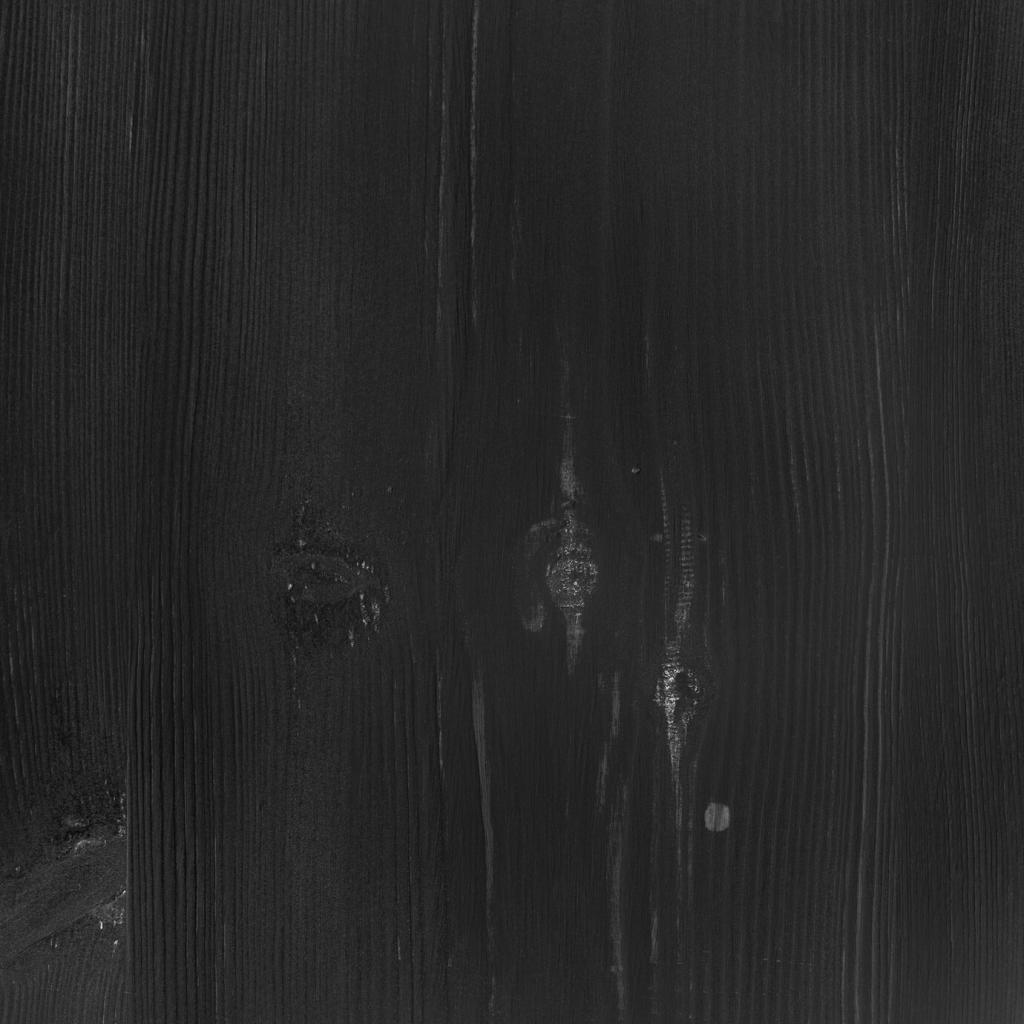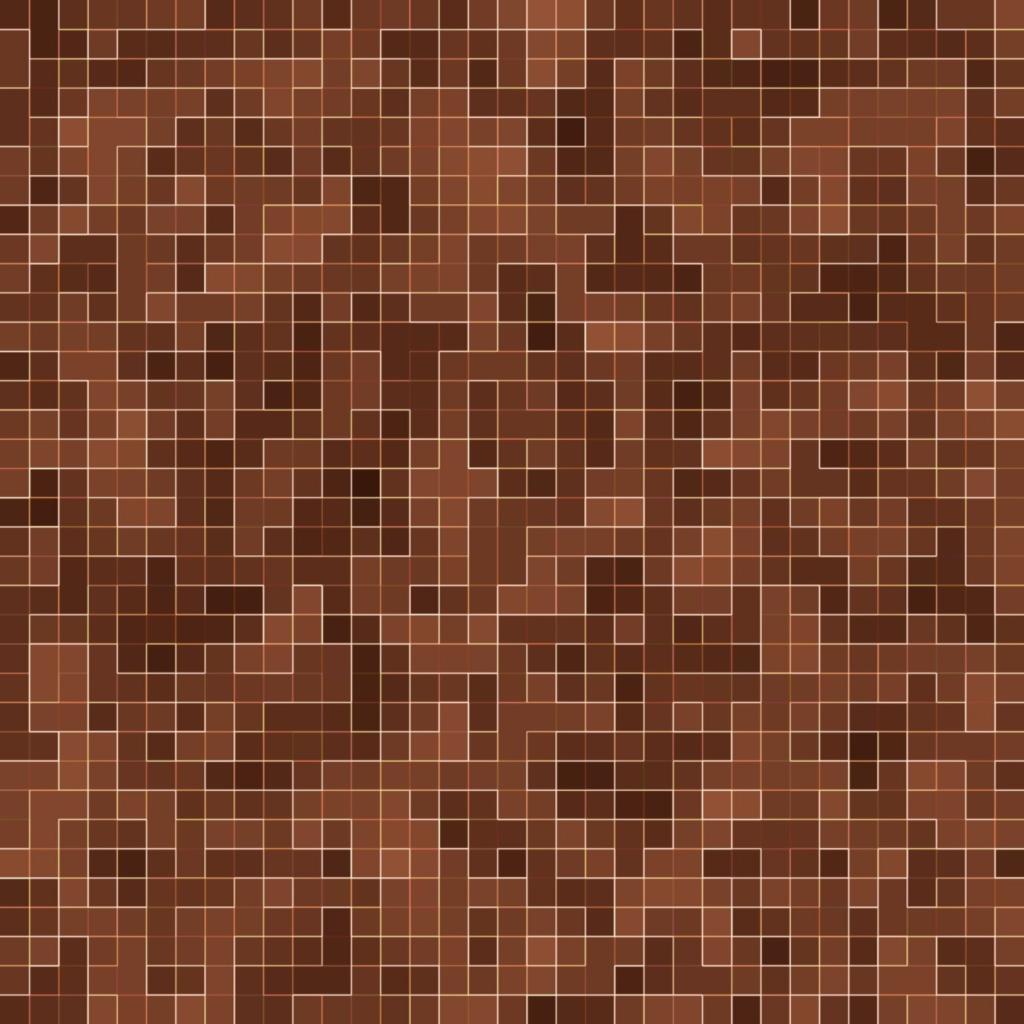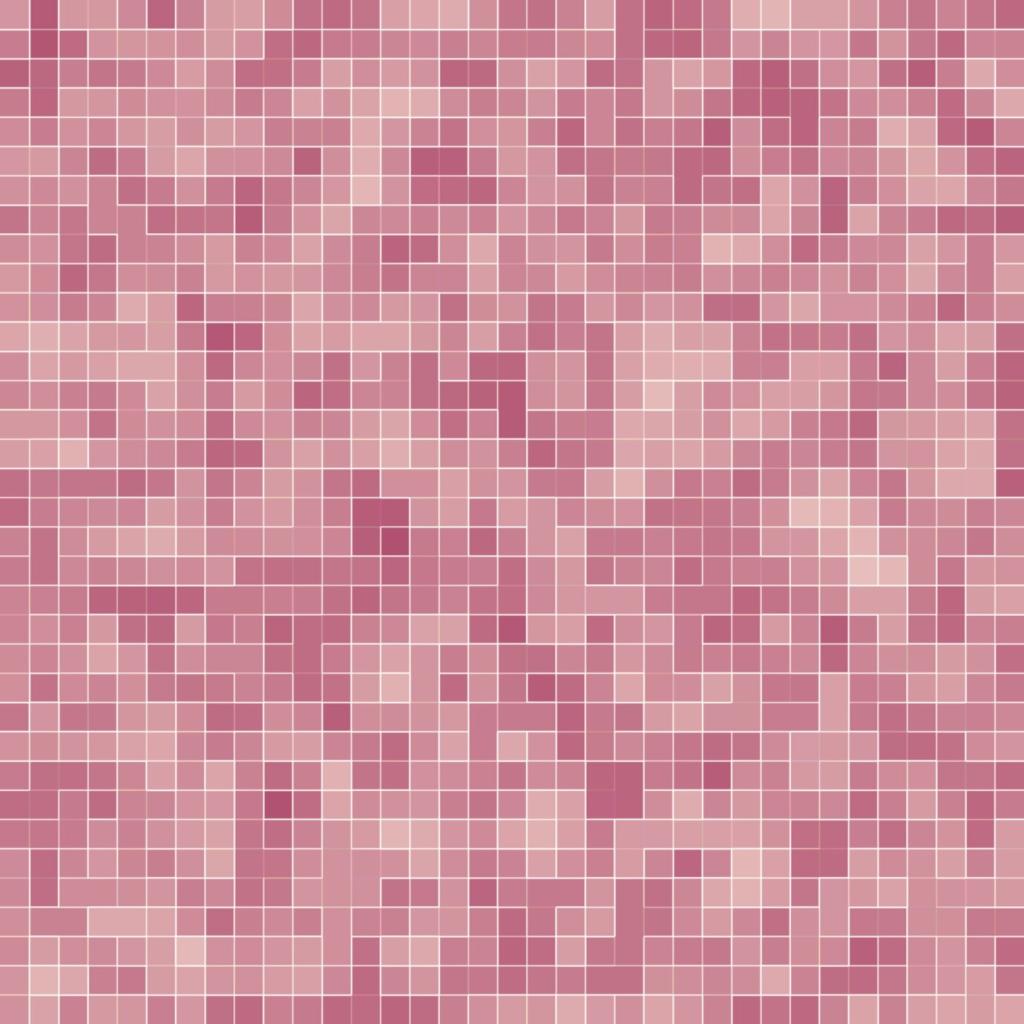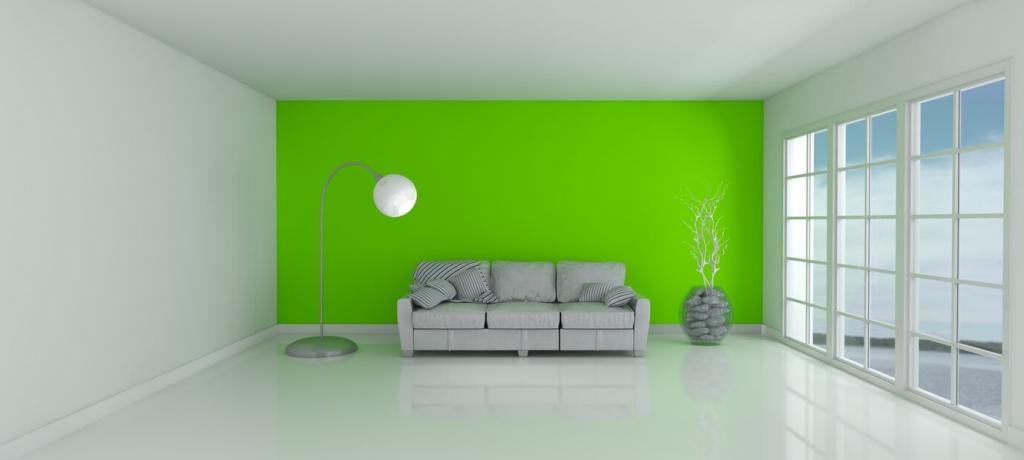Modular Exterior Architecture: Fast, Flexible, and Future-Ready
Chosen theme: Modular Exterior Architecture. Welcome to a friendly deep dive into how off-site crafted facade systems can speed delivery, elevate design, and shrink environmental impact. Join us, subscribe for fresh insights, and share your questions as we explore real-world ideas and next steps.

Why Modular Exterior Architecture Matters Now
Factory-built facade modules arrive weather-tight, with predictable quality and repeatable tolerances, so crews spend less time improvising on scaffolds. That reliability compresses schedules, reduces rework, and turns rainy weeks into productive ones instead of setting projects painfully behind.




Designing the Process: From DfMA to Installation
Locking dimensions, joint logic, and allowable variations early lets engineers, fabricators, and code reviewers move in sync. Decide span limits, mullion modules, and corner conditions upfront so architects can compose freely without constantly redrawing every unique, risky, and slow-to-build detail.

Thermal bridging and airtightness
Treat anchors and slab edges as hotspots. Thermal breaks, continuous insulation, and diligent air-seal transitions between modules maintain comfort and efficiency. Mock-up early, smoke-test joints, and document every sealant path so installation teams can repeat it confidently on every elevation.
Daylight, shade, and glare control
Integrate fins, overhangs, or operable shades directly into modules. Calibrate projection and density with simulation to reduce cooling loads while preserving generous views. The result is a facade that feels bright and human, yet performs sensibly across seasons and varied daily sun angles.
Durability and maintainability
Think beyond handover. Choose finishes with proven weathering, specify replaceable gaskets, and plan safe access for cleaning. Document panel removal procedures so a future technician can swap parts without dismantling half a facade, saving time, money, and unnecessary disruption to occupants.
Field Story: A Coastal Library Reborn with Modular Panels
A small public library faced salt spray, leaks, and endless patch repairs. Residents loved the place but dreaded winter drafts. The building needed a new skin without closing for months, and the town budget demanded absolute clarity and predictable, realistic construction timelines.


Field Story: A Coastal Library Reborn with Modular Panels
Designers chose a rainscreen kit with pre-insulated cassettes and window pods. Anchors were surveyed, modules arrived labeled, and crews installed elevation by elevation during off-hours. Patrons kept reading while a quiet ballet of lifts and clicks stitched the new facade into place.



Material Expression and Human-Scaled Detail
Shadow, rhythm, and proportion
Even with repeatable modules, subtle shifts in depth, joint width, and panel cadence can animate a facade. Study light at different times of day, then tune reveals to create welcoming shadows that translate beautifully from drawings to everyday, lived experience on the street.
Color, texture, and honest materials
Pair weathering metals with warm timber accents, or matte ceramics with crisp frames. Durable finishes gain character without constant upkeep. The goal is a tactile exterior that ages gracefully, celebrating modular precision while honoring the material stories people feel when they reach out.
Craft in the details people touch
Focus crafted attention at entrances, benches, and window surrounds. Prefabricated pods can cradle deep sills and handles that feel confident in the hand. Those small moments anchor the building emotionally, proving modular exterior architecture can be both efficient and profoundly human.
